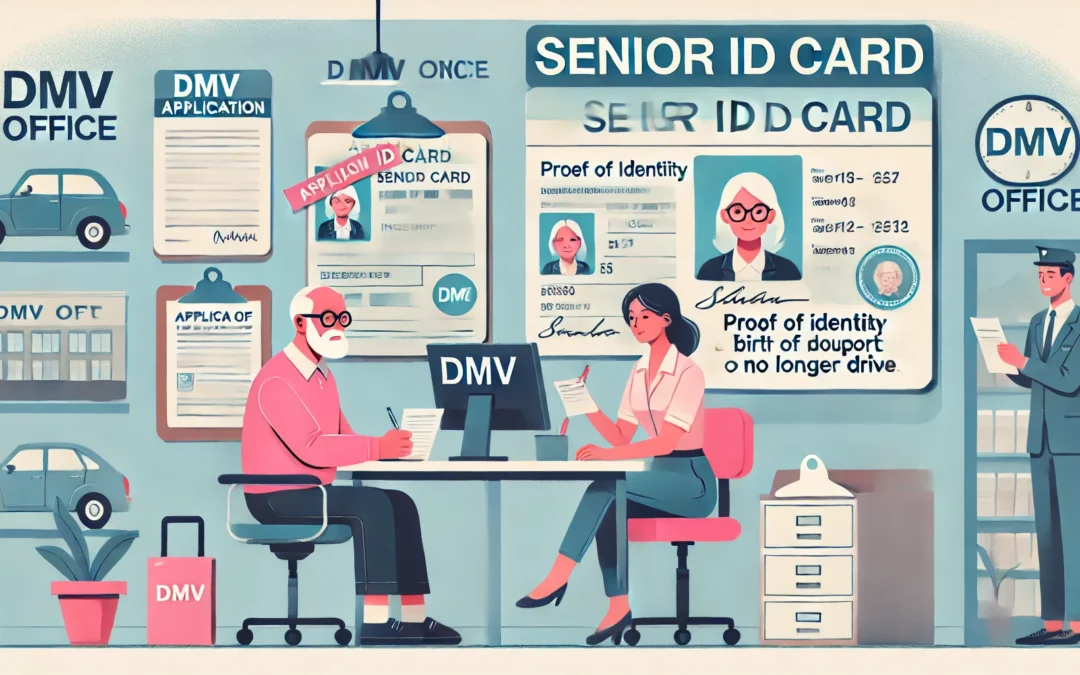
Senior ID Cards: A Convenient Option for Non-Drivers
Senior ID Cards: A Convenient Option for Non-Drivers
As we age, some people may choose to stop driving but still need a form of identification for everyday activities such as banking, traveling, or accessing government services. For seniors in California, obtaining a Senior ID card is a convenient and affordable alternative to holding a driver’s license. The card provides a valid state-issued form of identification without the need to renew or maintain a driver’s license. Here’s what you need to know about getting a Senior ID card.
1. What Is a Senior ID Card?
A Senior ID card is a state-issued identification card specifically designed for California residents who are 62 years old or older. It serves as an official form of identification and is an ideal option for seniors who no longer drive but still need valid identification. The card is available through the California Department of Motor Vehicles (DMV) and is accepted in the same way as a driver’s license for activities such as:
- Proving identity for legal or medical purposes.
- Traveling domestically by plane.
- Opening bank accounts or accessing financial services.
The Senior ID card allows individuals to maintain a valid ID without the responsibilities associated with driving.
2. How to Apply for a Senior ID Card
Applying for a Senior ID card is a simple process that can be done at your local DMV office. Here’s what you’ll need to provide:
- Proof of identity: You’ll need documents like a birth certificate, passport, or other government-issued IDs to confirm your identity.
- Proof of residency: A utility bill, rental agreement, or other document showing your California address will be required.
- Social Security Number: You may also be asked to provide your Social Security number or proof of legal presence in the U.S.
- Fee payment: A small fee is required for the application, but it is typically reduced for seniors compared to regular ID cards.
Once you submit the necessary documents and application, your Senior ID card will be mailed to you in a few weeks.
3. Benefits of a Senior ID Card
Choosing a Senior ID card over a driver’s license offers several advantages for older adults:
- Cost savings: The fee for a Senior ID card is much lower than renewing a driver’s license. Seniors no longer need to worry about the costs associated with driving-related tests or fees.
- No testing required: Unlike a driver’s license renewal, there’s no need to take vision tests, driving tests, or written exams to obtain a Senior ID card.
- Extended validity: Senior ID cards are valid for longer periods than regular ID cards, so seniors don’t have to worry about frequent renewals.
These benefits make it an ideal option for seniors who no longer drive but still need reliable identification.
4. Transitioning from a Driver’s License to a Senior ID
If you’re a senior considering the switch from a driver’s license to a Senior ID, it’s important to understand the process:
- Surrender your driver’s license: When you apply for a Senior ID, you will need to surrender your driver’s license at the DMV. This will officially remove your driving privileges, but you’ll still have valid identification.
- Notify your insurance company: If you no longer need car insurance, you may want to notify your insurer that you are no longer driving, which could save you money on your premiums.
- Maintain independence: While giving up driving may seem like a loss of independence, having a Senior ID card ensures that you’ll still have access to everyday services that require ID.
Transitioning to a Senior ID card is a practical step for seniors who want to remain independent without the responsibility of maintaining a driver’s license.

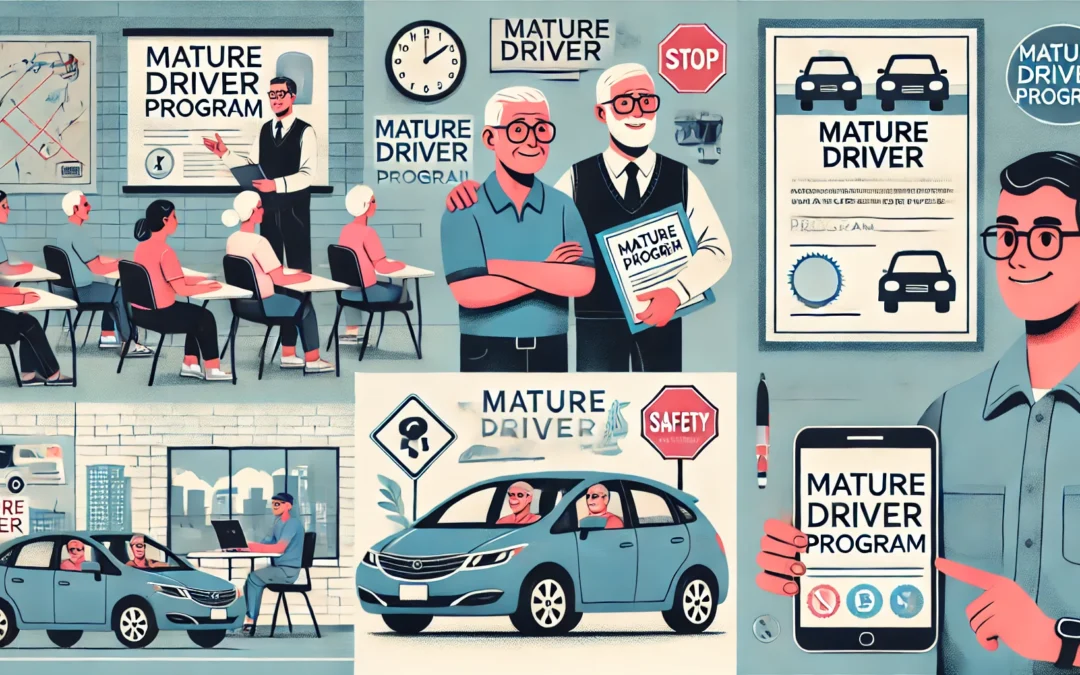
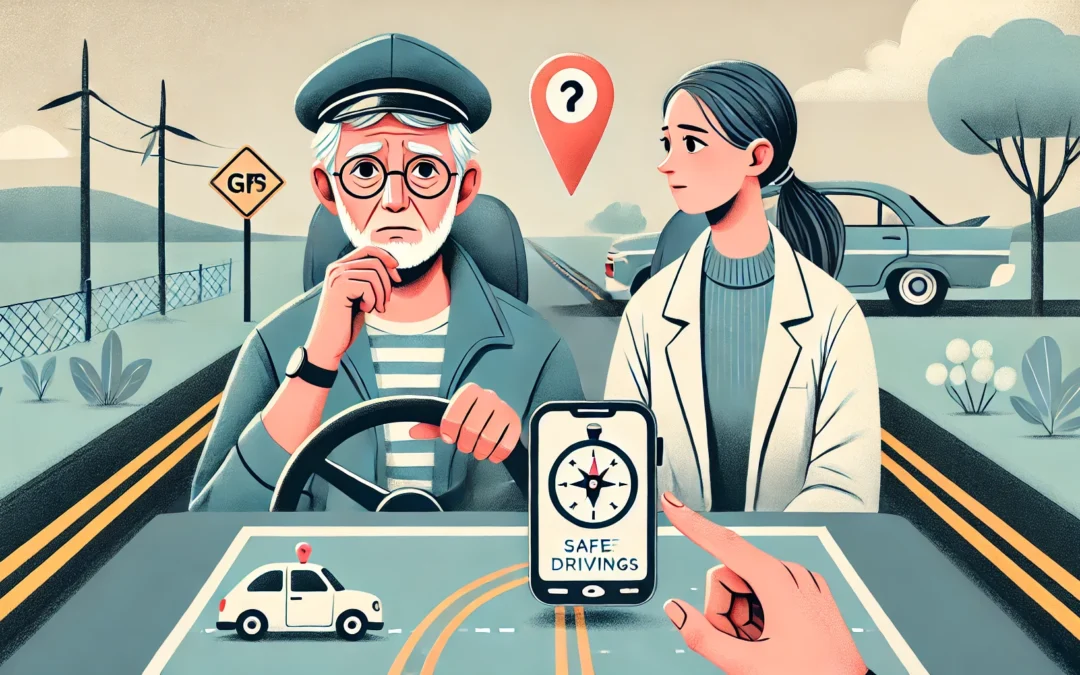
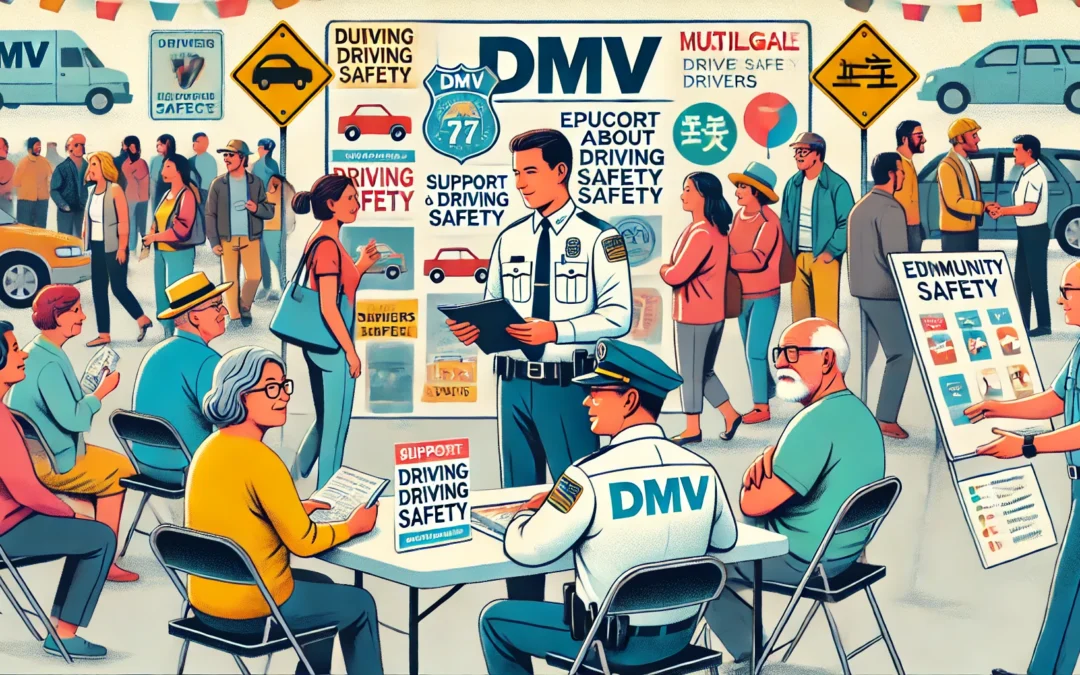
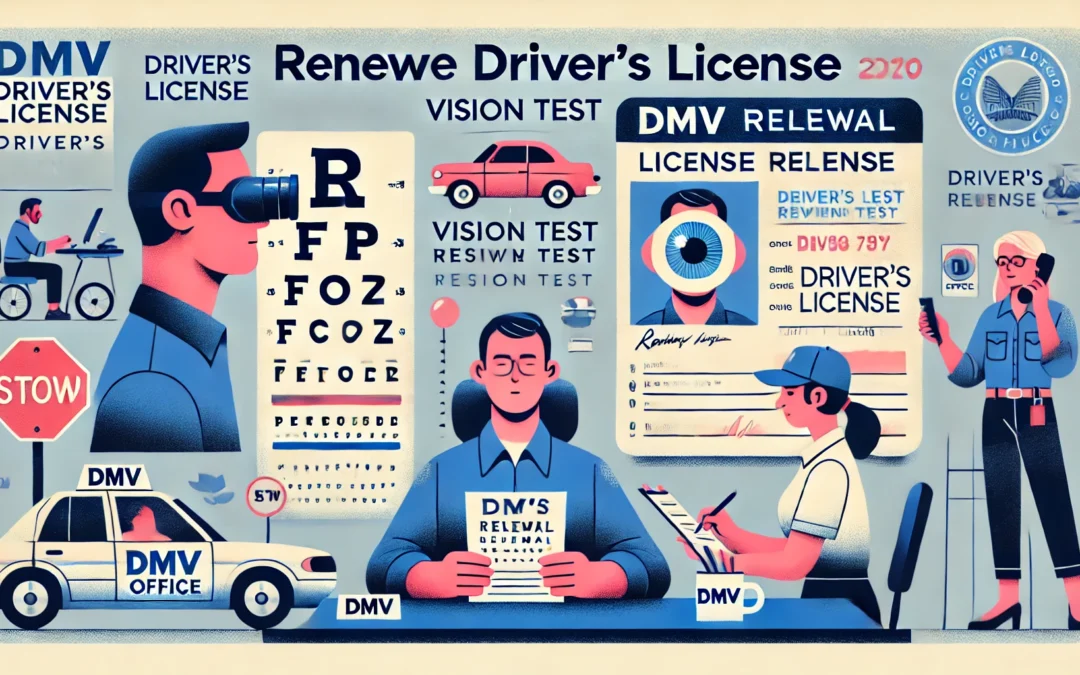



Recent Comments